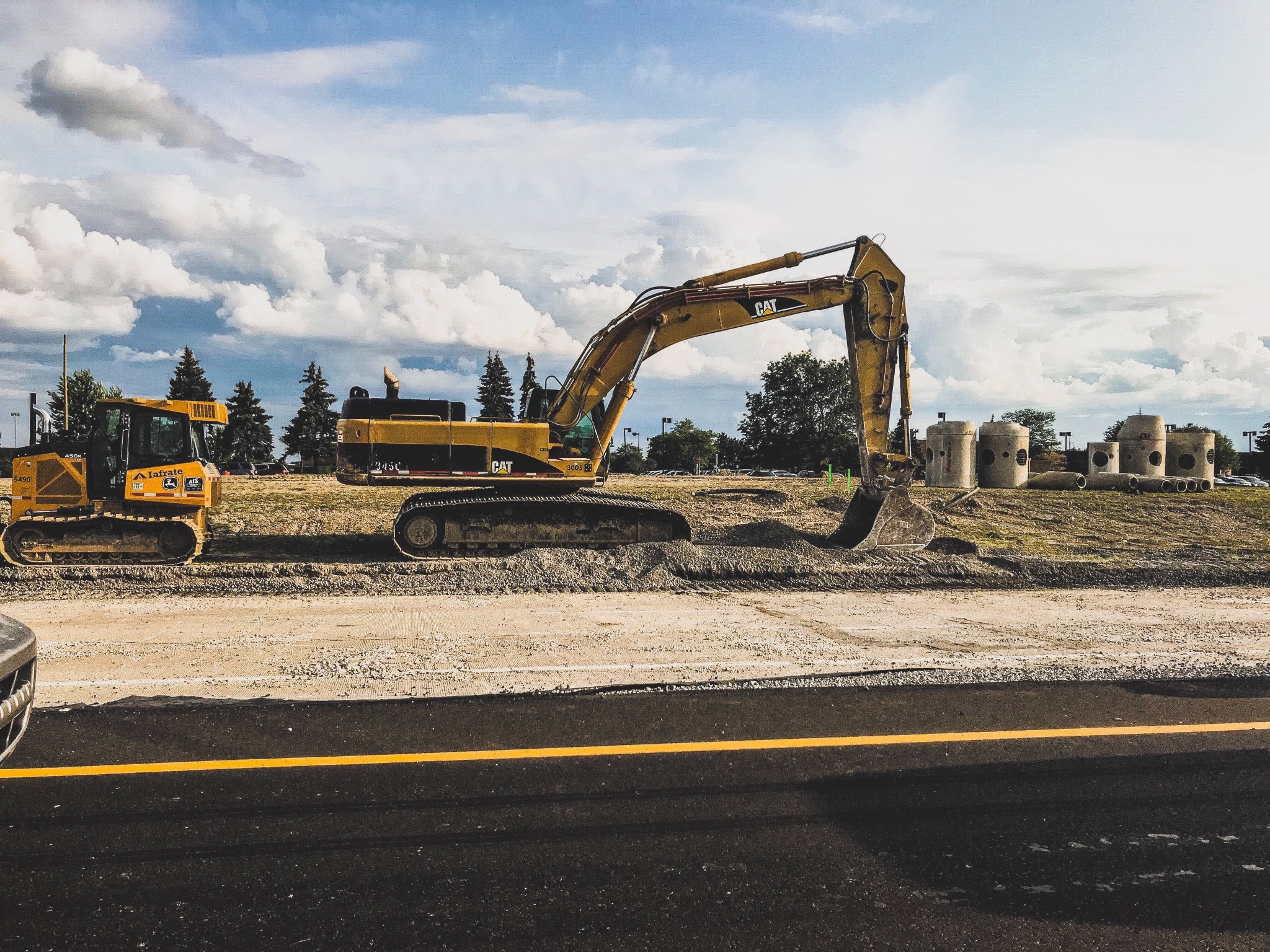Opening a new store, building a condominium, expanding a franchise, choosing land for investment – these are crucial ventures that go through several phases until completion. At their core, each of these projects depends on acquiring the ideal land. But how to identify this land? What criteria to apply?
Land prospecting involves an in-depth analysis of factors such as size, urbanization, soil treatment, municipal laws and other essential characteristics. The risk of not conducting a professional analysis can be significant, resulting in investing in land that does not meet the requirements fundamental, and lead to loss of resources.
Hamilton Leite, business administrator and specialist on the subject, highlights in his work the importance of considering aspects such as legal, architectural, environmental, commercial, economic and financial viability at this stage. Therefore, correctly executing this step is crucial to mitigate risks and ensure the success of the project.
Manual prospecting vs. automated land prospecting
Understanding the differences between manual prospecting and platform-assisted prospecting is the first step to optimizing the process. The manual approach requires a large investment of time, with weeks of dedication to find the ideal terrain. Even after identification, more time and resources are needed for studies to guarantee the success of the choice.
However, the combination of specialized platforms such as Area Insight, with professional guidance you can simplify the process. Operational data management, which takes time and effort, is optimized with the use of specialized software. This not only makes operations more efficient, but also provides strategic insight into the prospecting process.
Deciding when to invest in land requires accurate and practical information. The use of georeferencing data, available on platforms, provides more assertive decision-making. Thus, the company can base its choices on reliable data, minimizing risks and maximizing opportunities.
Beyond the obvious: The influence of layers on the choice of land
When prospecting for land, several layers or factors must be considered for a complete analysis. While each project may have specific requirements, some general layers that are often relevant include:
Topography: The relief of the land plays a crucial role in the viability of the project, and can influence costs and efforts in preparing the soil.
Hydrography: The analysis of elements such as rivers, streams and lakes considers drainage, water availability and environmental impacts, especially close to bodies of water.
Environmental Limits: Understanding environmental limits is vital to ensure compliance with regulations, identifying protected areas and restrictions related to fauna and flora.
Permission: Evaluating legal permits is essential, ensuring compliance with local and state regulations.
Socioeconomic Data: IInformation on average income, population density and demographic characteristics guides the adaptation of the project to the local community.
Flow Points: IIdentifying busy areas is crucial for commercial ventures, also considering accessibility in relation to main roads and urban centers.
For example, if the project is to build a new shopping center, topography will influence the design, hydrography will be vital for drainage issues, and socioeconomic data will guide store selection.
The integration of these layers is essential to establish a robust project, aligned with the characteristics of the terrain and the expectations of the target audience. But is it enough?
Linkages as a guarantee of quality: from possible to viable terrain
Exploring the difference between “possible land” and “viable land” is essential in land prospecting. Initially, a possible piece of land meets basic criteria, making it a promising option. However, the real transformation occurs when the land rises to the “viable” category. This stage is not just an evolution, but the result of detailed analysis. .
In the initial phase, the analysis focuses on superficial criteria such as location and size. When embracing viability, the land is subjected to a thorough investigation, including detailed study of topography, legal viability, socioeconomic data and accessibility. Generally, this analysis is carried out by geography professionals.
The transition from possible to viable is not just a phase in the process, but a strategic evolution that ensures synergy with commercial and environmental objectives.
This is the point at which land stops being an option and becomes the choice that will define the success of the project.
Being in the right place at the right time is a matter of data

When searching for land, base decisions on Reliable data goes beyond simply collecting information. It represents the master key to unlocking strategic opportunities and ensuring companies are positioned accurately and timely in the constantly evolving real estate landscape.
Reliable data empowers proactive prospecting, allowing companies to identify promising terrain before they even appear on the competition's radar, or even find business opportunities that would not have even been considered before spatial analysis.
This ability to anticipate is vital to guarantee strategic choices and always adapt to the market, as it allows you to create opportunities instead of just reacting to them. This happens because a complete view of the scenario reveals gaps in the market and enables projects that meet latent demands.
In short, we believe that nowadays it is possible to combine the best of technology with the expertise of analysts to arrive at non-obvious solutions and identify business opportunities that are waiting to be discovered.
To achieve this, Linkages has two very well-established fronts: human and technological. With significant amounts of data, we are able to evaluate and qualify land for the most varied needs and offer security to those who are investing in anticipation that there will be no unpleasant surprises in the future.
Want to know more? Schedule a meeting with us.




